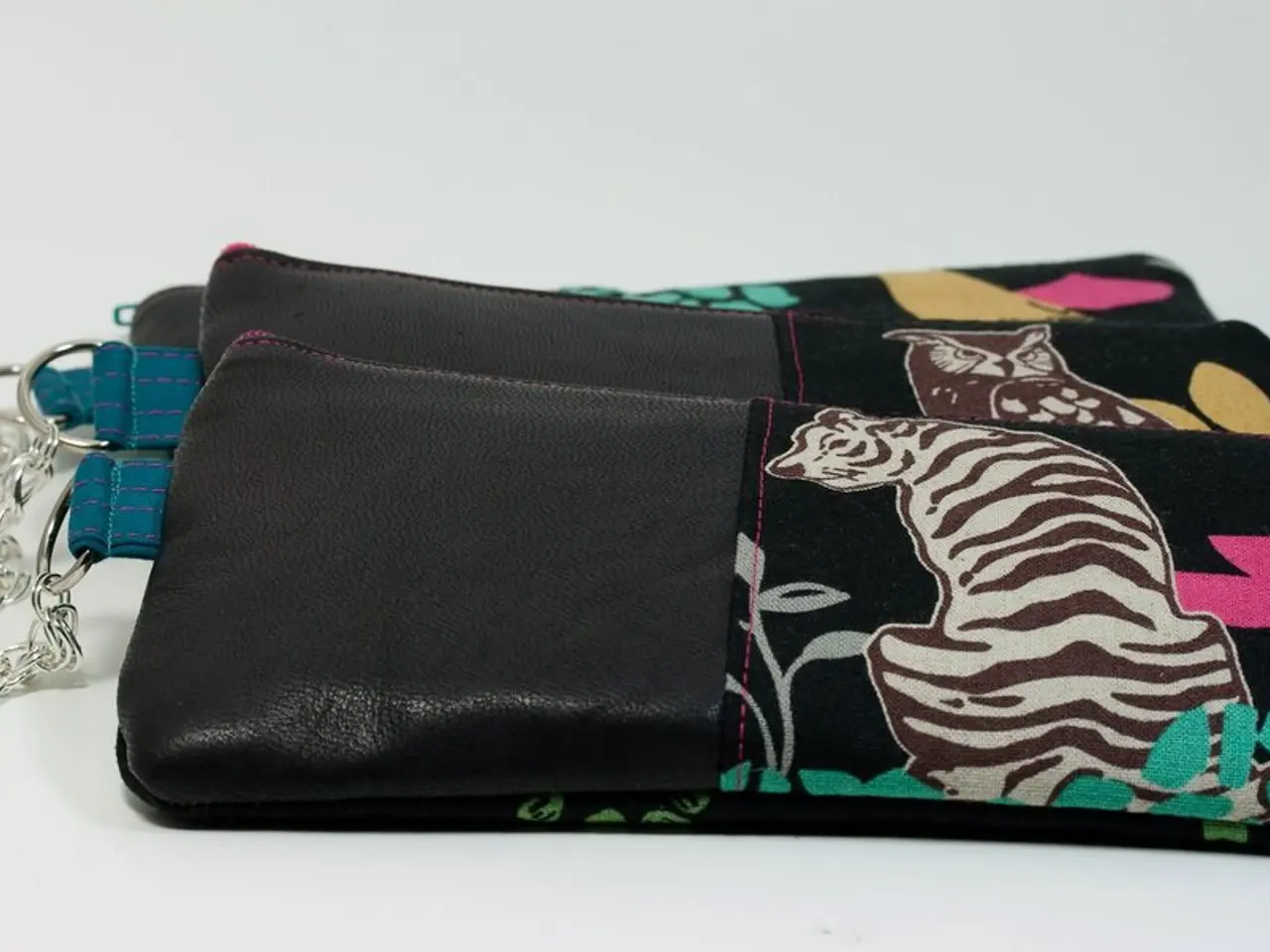US Payment Systems, Confidence, and Payment Methods of Tomorrow: Lessons Africa May Offer to the United States
In a bid to catch up with the global fintech revolution, the U.S. is now embarking on the launch of FedNow and the Real-Time Payments (RTP) network. This move follows in the footsteps of many parts of Africa, such as Nigeria and Kenya, where instant payments have become the norm for businesses, with owners expecting to receive funds before customers leave their premises [1].
One fintech expert, Seun Yusuff, a UNC Kenan-Flagler Fellow and partnerships leader, is advocating for the U.S. to follow Africa's lead in adopting faster, fairer, and more resilient financial systems. According to Yusuff, the success of instant payment systems in emerging markets can be attributed to several key factors [2].
Firstly, high mobile phone penetration and accessibility have played a significant role. Despite a large unbanked population, these regions have widespread mobile phone use, including basic feature phones that support USSD [3]. USSD, a text-based banking system, allows people with basic phones and no internet access to make secure transactions, and is a backbone of mobile finance in Nigeria [3].
Secondly, financial inclusion has been a primary focus. Many people in these markets lack access to traditional banking services. USSD and instant payment systems provide affordable, easy-to-use digital financial services that reach underserved populations, helping them participate in the formal economy [4].
Thirdly, government and regulatory support have been instrumental. Regional governments and regulators often actively promote cashless economies and digital payment infrastructures, lowering macroeconomic barriers and encouraging adoption [2].
Fourthly, these systems have been integrated with existing cash-based habits. Systems like MPay in South Africa bridge the cash and digital worlds by enabling cash payments to be converted quickly into digital commerce transactions, addressing trust issues and operational challenges in rural or informal markets [5].
Lastly, the rise of neobanks, mobile wallets, and merchant acceptance through mobile money platforms encourages broad usage and ecosystem growth, driving volume and network effects [3][4].
With these lessons in mind, the U.S. could adapt these principles to reduce financial exclusion, particularly in underserved communities. By enabling accessible digital payments without requiring smartphones or bank accounts, leveraging mobile networks and community touchpoints, supporting real-time, instant, low-value payments, encouraging government and regulatory facilitation, and educating and building trust, the U.S. could significantly improve financial stability and inclusion for its most vulnerable populations [6].
The success of USSD and instant payment systems in emerging markets demonstrates that a relevant system is more important than a perfect one for faster, fairer, and more resilient financial access. As the U.S. navigates its own journey towards financial inclusion, it would do well to learn from the experiences of those who have already trodden this path.
References: [1] World Bank Group. (2019). The Digital Transformation of African Finance. Retrieved from https://www.worldbank.org/en/topic/financialsector/brief/digital-transformation-african-finance
[2] Yusuff, S. (2021). The Future of Real-Time Payments in the United States: Lessons from Emerging Markets. Retrieved from https://www.theclearinghouse.org/resources/the-future-of-real-time-payments-in-the-united-states-lessons-from-emerging-markets
[3] GSMA. (2020). State of the Industry Report on Mobile Money 2020. Retrieved from https://www.gsma.com/mobilefordevelopment/wp-content/uploads/2020/10/GSMA_MGI_2020_Report_EN.pdf
[4] McKinsey & Company. (2016). Digital finance for the bottom of the pyramid. Retrieved from https://www.mckinsey.com/business-functions/digital-mckinsey/our-insights/digital-finance-for-the-bottom-of-the-pyramid
[5] M-Pesa. (n.d.). How M-Pesa works. Retrieved from https://www.mpesa.com/global/mpesalib/how-it-works
[6] Federal Reserve Bank of Boston. (2020). Real-Time Payments: A New Era in U.S. Payments. Retrieved from https://www.bos.frb.org/economic/wp/2020/05/real-time-payments-a-new-era-in-u-s-payments/
- Seun Yusuff, a UNC Kenan-Flagler Fellow and partnerships leader, suggests that the U.S. can adopt faster, fairer, and more resilient financial systems by learning from Africa's approach, where instant payments have become the norm for businesses and underserved populations.
- High mobile phone penetration and accessibility, combined with text-based banking systems like USSD, have been key drivers in the success of instant payment systems in emerging markets, enabling secure transactions even for those with basic phones and no internet access.
- To achieve financial inclusion in the U.S., the country could adapt principles such as integrating digital payments with cash-based habits, encouraging government and regulatory support, and educating users to build trust and improve financial stability for underserved communities.




